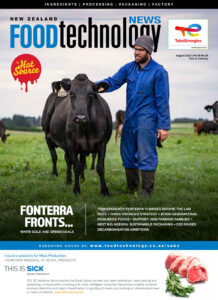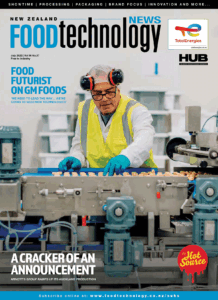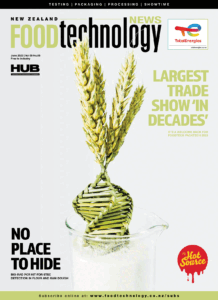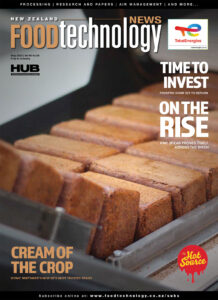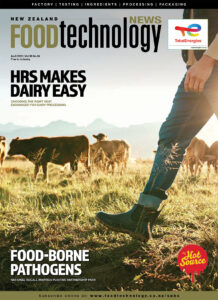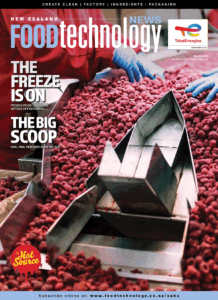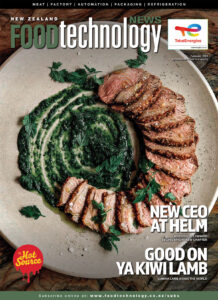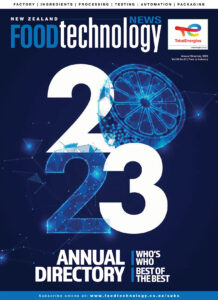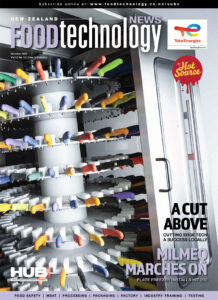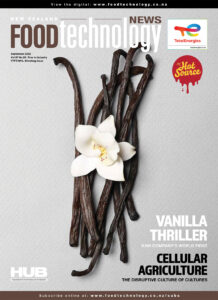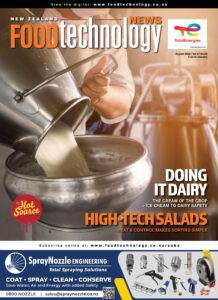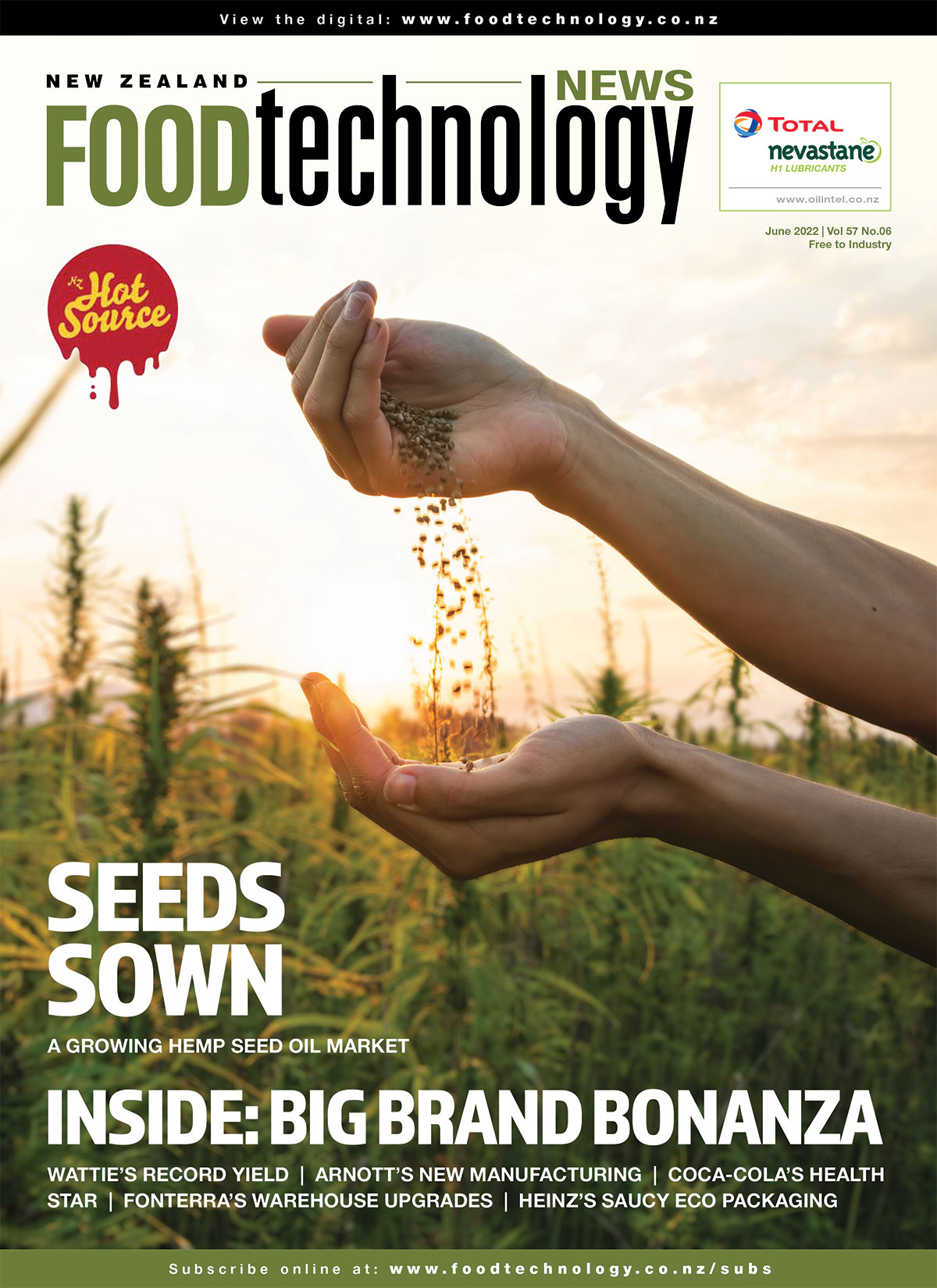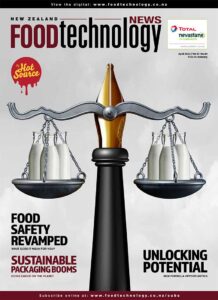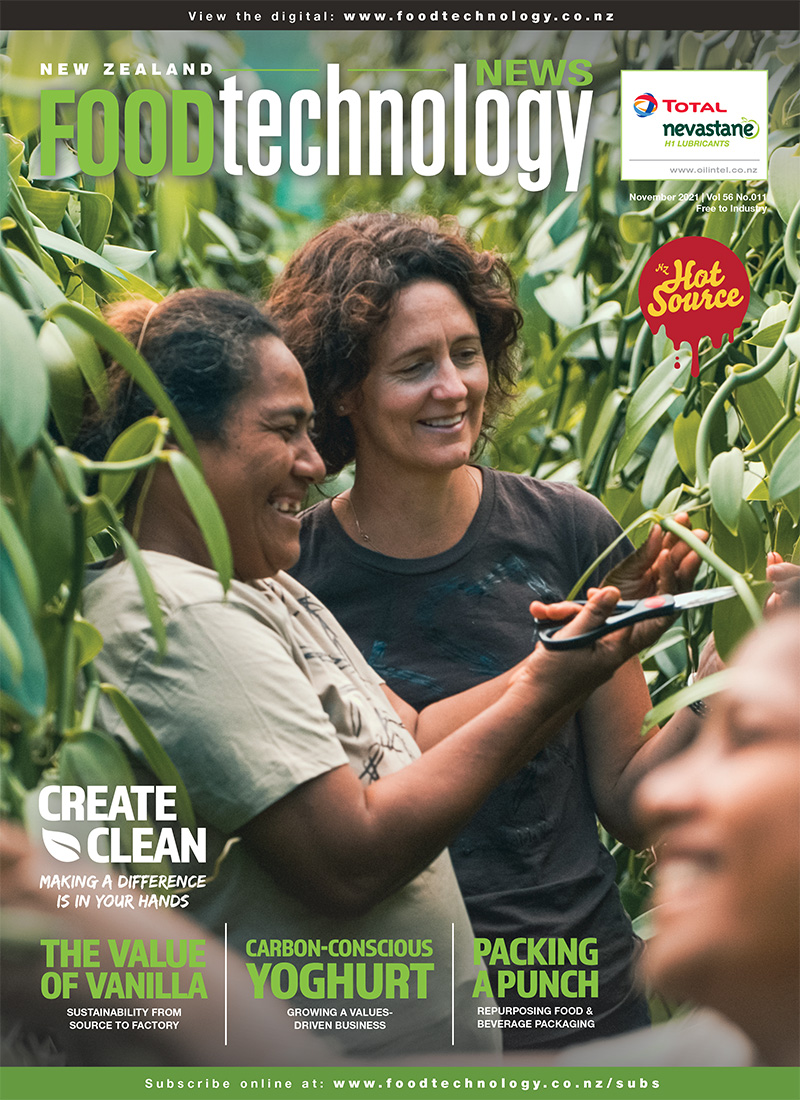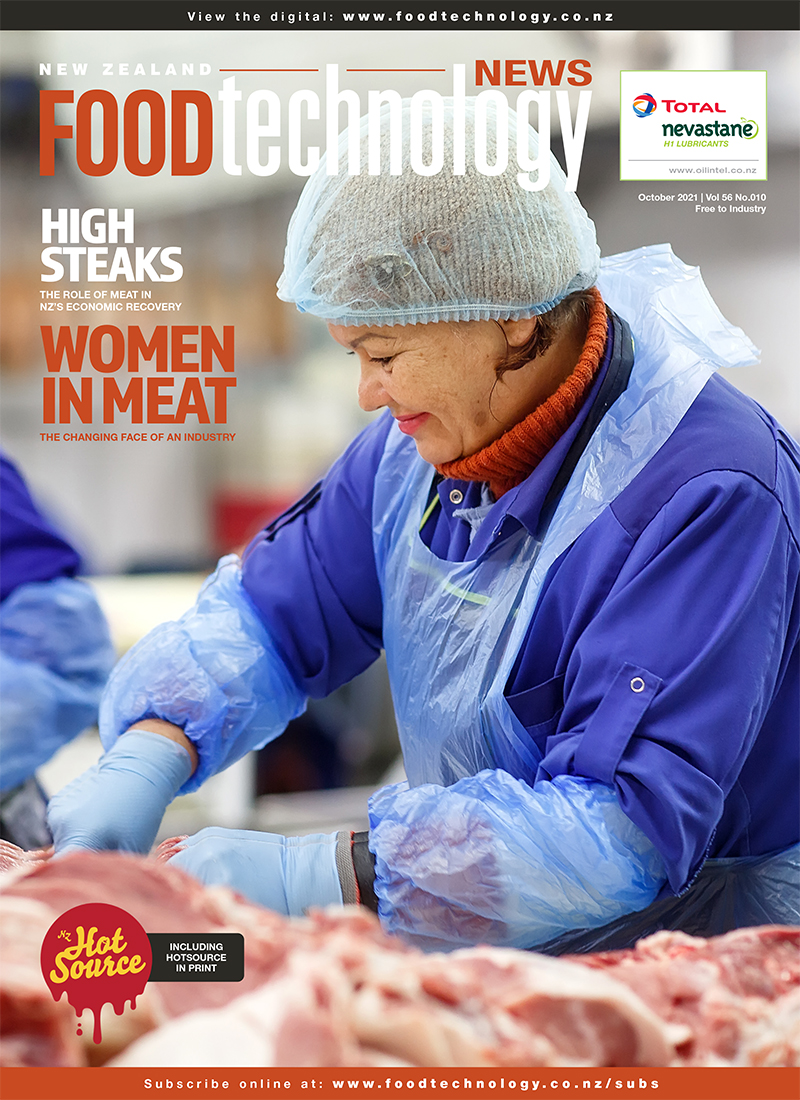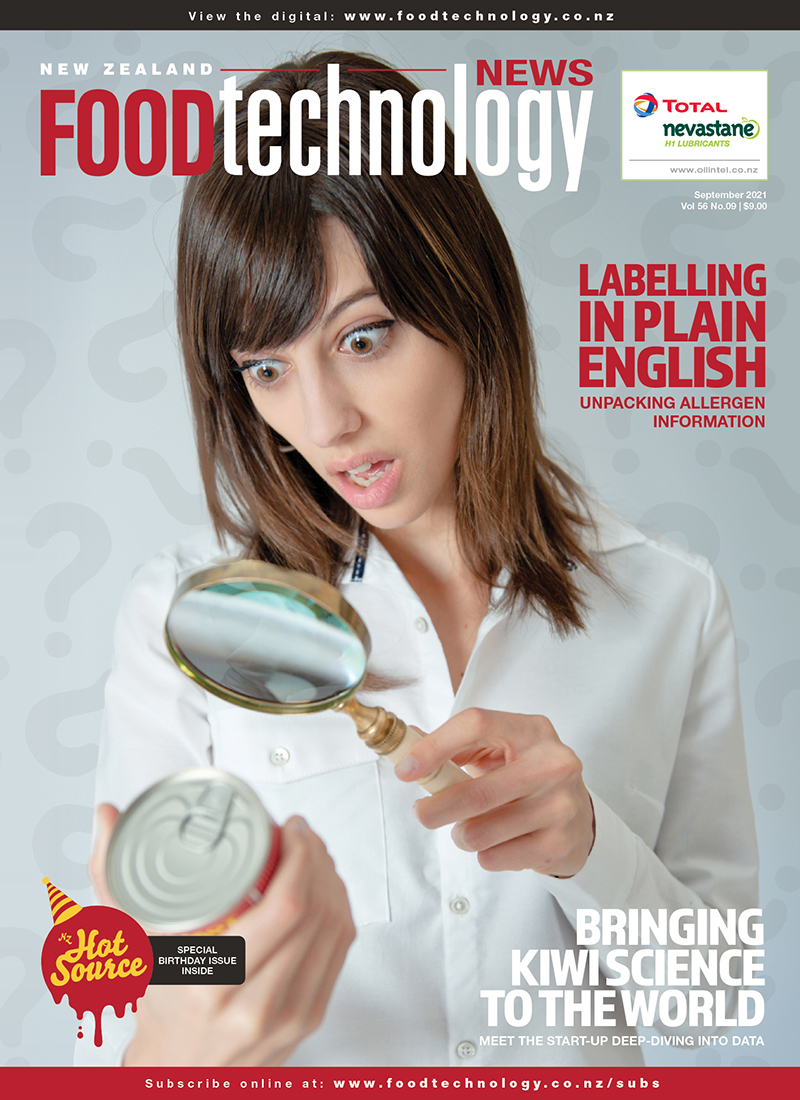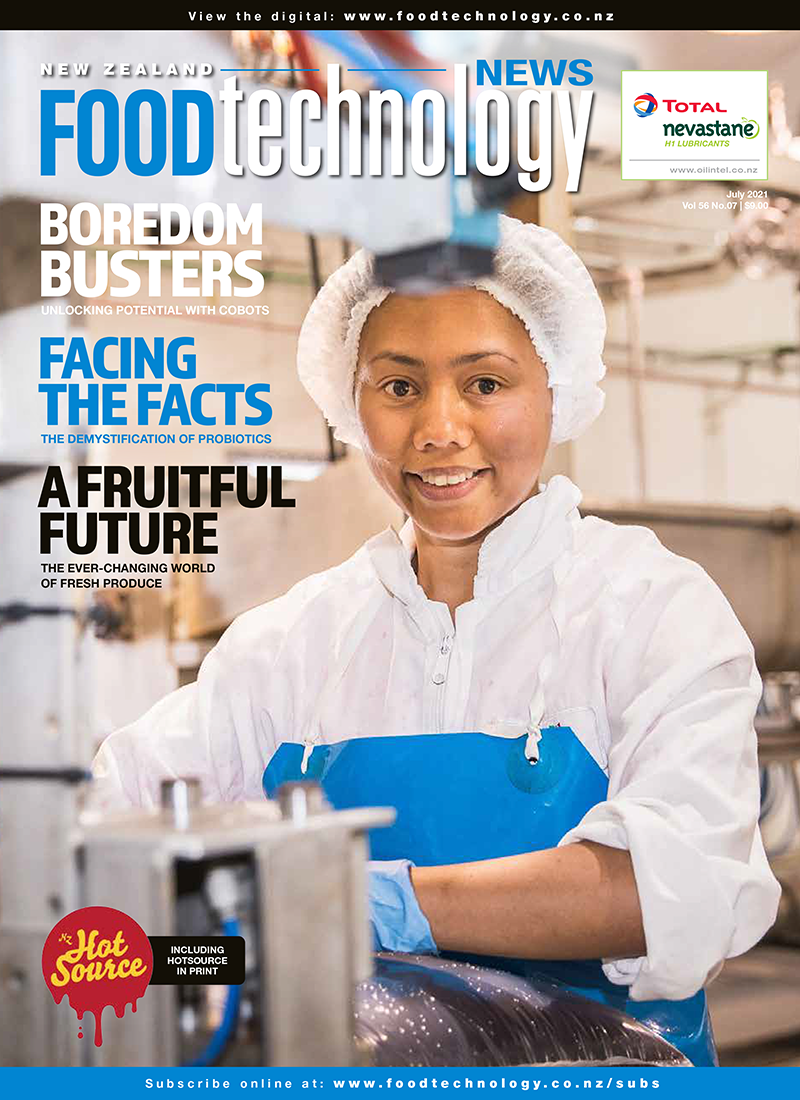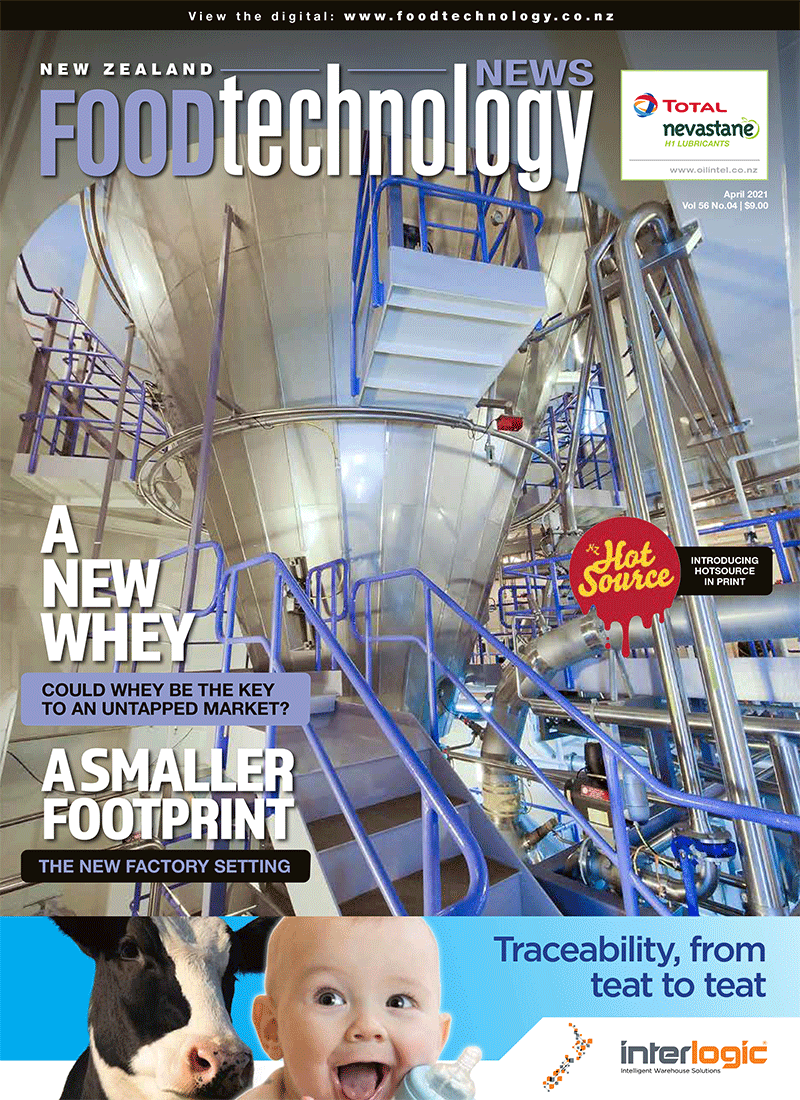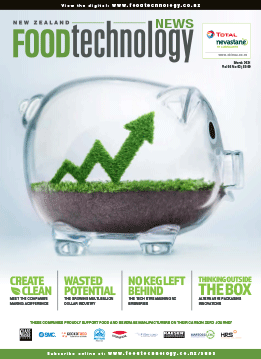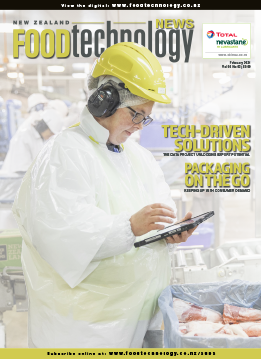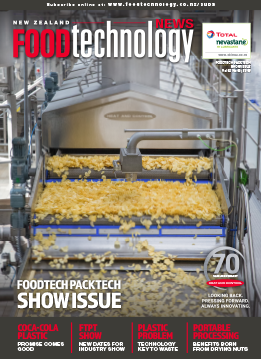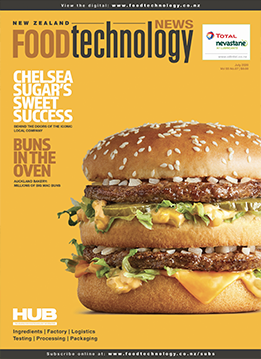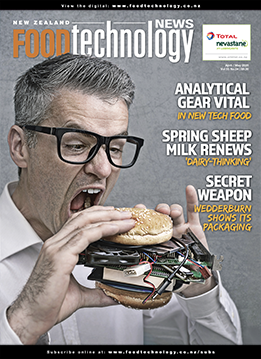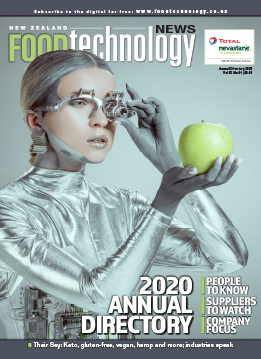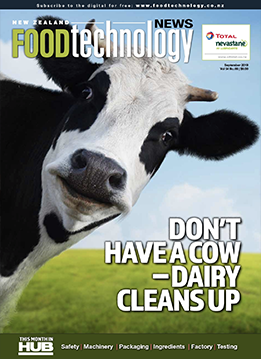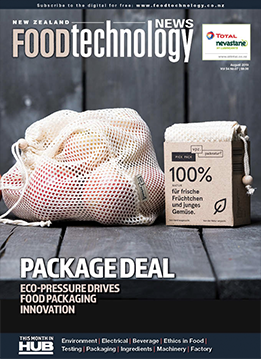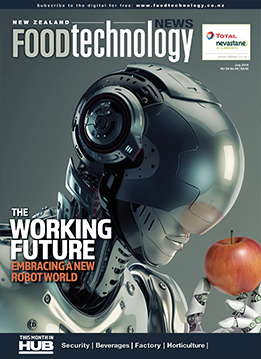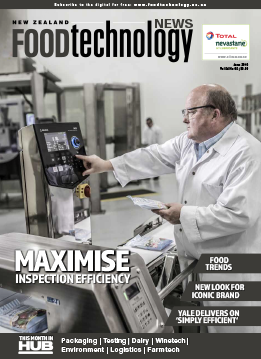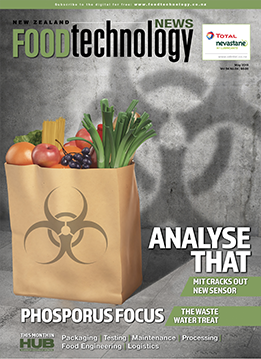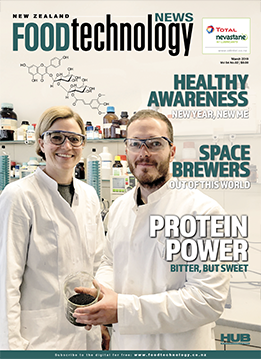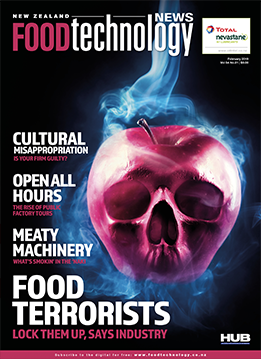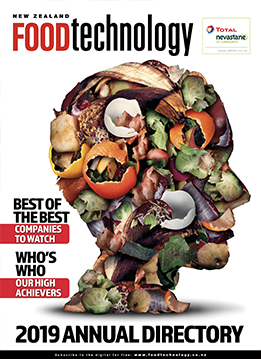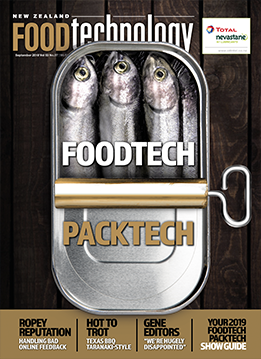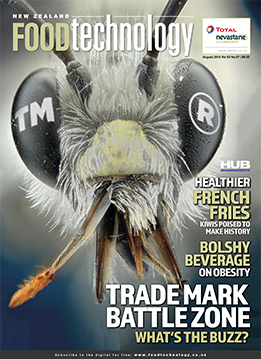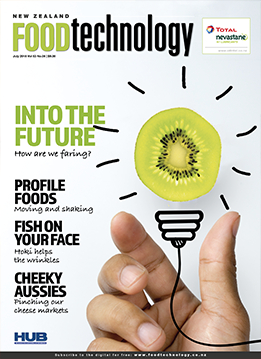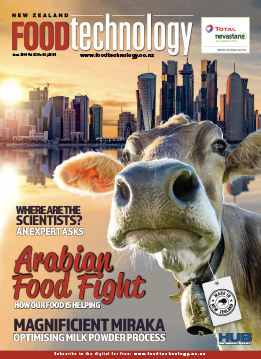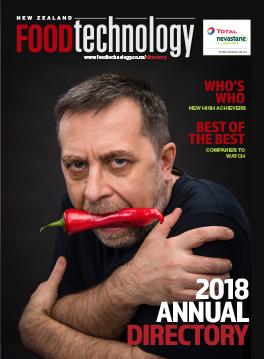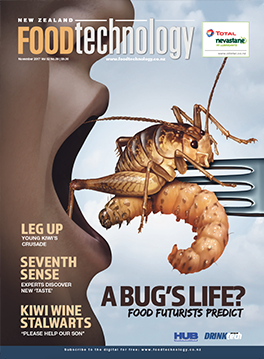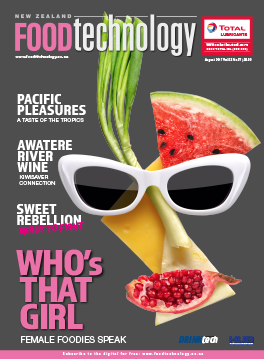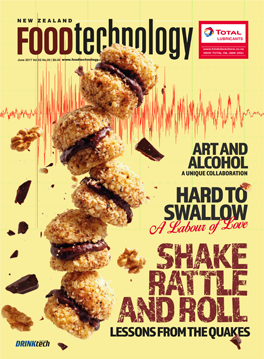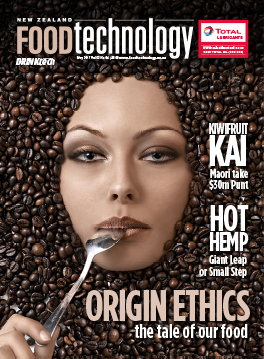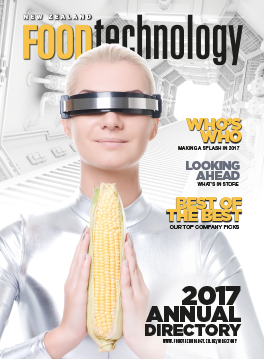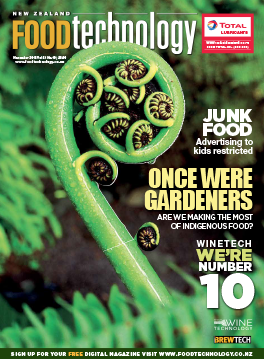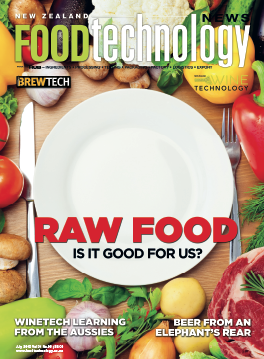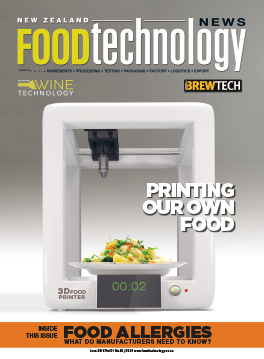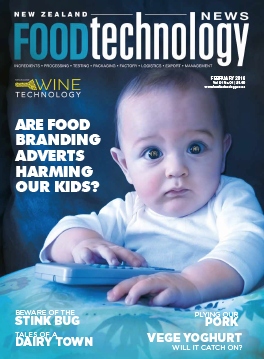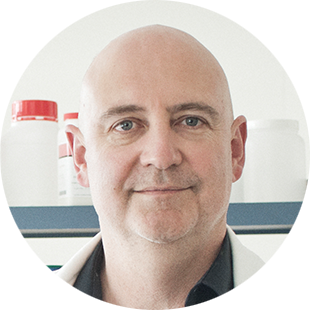By Professor Richard Newcomb, chief scientist at Plant & Food Research
This year, for the first time, the Nobel Prize in chemistry was awarded to multiple women. Emmanuelle Charpentier and Jennifer Doudna won the prize for discovering the precise genome-editing technology CRISPR-Cas9, aka ‘genetic scissors.’
CRISPR-Cas9 is a biological system used in nature by bacteria as part of their own immune system. Charpentier and Doudna isolated components of this system, demonstrated that they can be programmed to make targeted changes to DNA, and adapted them to work in the lab.
CRISP-Cas9 enables targeted genetic changes to be made without necessarily introducing foreign DNA. With plants, these changes are passed through seeds, making gene-edited plants practically indistinguishable from selective breeds.
Selective breeding is hardly new. Farmers have been selecting the best plants for breeding for millennia. By selecting plants with optimum traits to use as parents, breeders have created plants with desirable traits – like higher yields and improved flavours. Corn, for example, was bred for a single stalk and large cob.
Technological advances in gene-editing (CRISPR-Cas9 is not the only gene-editing technology) have already catalysed an array of applications in areas like medicine and agriculture. In medical research, diseases like HIV, Huntington’s disease and cancer are being investigated using gene-editing technology.
In agriculture the capabilities are enormous, providing the tools to meet some of the world’s biggest challenges, like climate change and a growing population. Gene editing technologies could help provide more food, better nutrition and increased disease resistance in crops. Research is already underway, for example, to make rice more disease resistant, produce gluten-free wheat and find ways to fight plant pathogens that kill crops and native plants.
Globally, there is no consensus in regulating the use of gene editing technologies. Gene-edited crops are not regulated in the USA but they are in Europe, while Australia is attempting to find a middle ground. China is already highly invested in gene editing research, particularly in agriculture, but whether this will translate into commercialised gene-edited crops is uncertain.
Such a potentially game-changing technology understandably challenges people’s views on what’s acceptable. Because gene editing does not necessitate moving genes from one species to another, and is more predictable and precise than previous technologies, many argue it simply echoes what already happens through evolution and in breeding programmes. Others are more cautious. It’s also likely to become challenging for regulators to distinguish between genetic changes generated through conventional breeding and natural mutation vs changes made by gene editing.
In New Zealand the debate is in its early stages. Last year the Royal Society Te Apārangi panel concluded that current gene editing regulations in New Zealand need to be overhauled. The ensuing discussion will necessarily and meaningfully be shaped by Māori perspectives, honouring concepts like whakapapa and kaitiakitanga. Informed debate is vital to understanding how gene editing fits with our social values and to ensure informed choices through thorough consideration of the benefits and risks.
Professor Richard Newcomb is chief scientist at Plant & Food Research overseeing all aspects of science quality, strategic science, capability development and collaboration across the institute. He is also an honorary professor of evolutionary biology at the University of Auckland.












